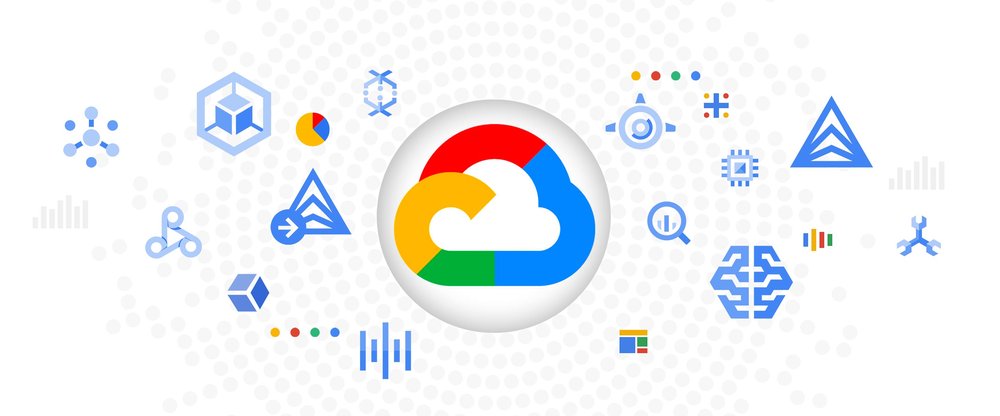The Google Cloud Platform (GCP) is a collection of cloud computing services that Google offers. It employs the same internal infrastructure as Google does for its consumer products including Google Search, Gmail, Drive, and YouTube. Serverless computing environments, platform as a service, and infrastructure as a service are all offered by Google Cloud Platform.
Google keeps track of all the resources used when you run a Web site, an application, or a service on GCP, including the amount of processing power, data storage, database queries, and network connectivity.
Instead of leasing a server or a DNS address by the month (as you would with a typical web hosting company), you pay for each of these resources on a per-minute or even per-second basis, with reductions that apply when your services are heavily used by your customers online.

In Short Google cloud
Virtual machines (VMs) and other physical and virtual resources, housed in Google’s data centers across the world, make up the Google Cloud. Physical resources include computers and hard drives.
Every data center site is located in an area.
Asia, Australia, Europe, North America, and South America all have regions available.
Every region is made up of zones that are separate from one another inside the region.
Each zone has a name that comprises a letter identification and the region’s name.
Zone A in the East Asia region, for instance, is designated as asia-east1-a. Because the resources are spread out, there is redundancy in case of failure and there is less latency because the resources are closer to the clients.
Advantages of Google Cloud includes: Data loss prevention, Scalability and flexibility, Better collaboration, Advanced security, Data loss prevention, Developers can speed up work with quick deployments because you can spin up new instances or shut them down in a matter of seconds.